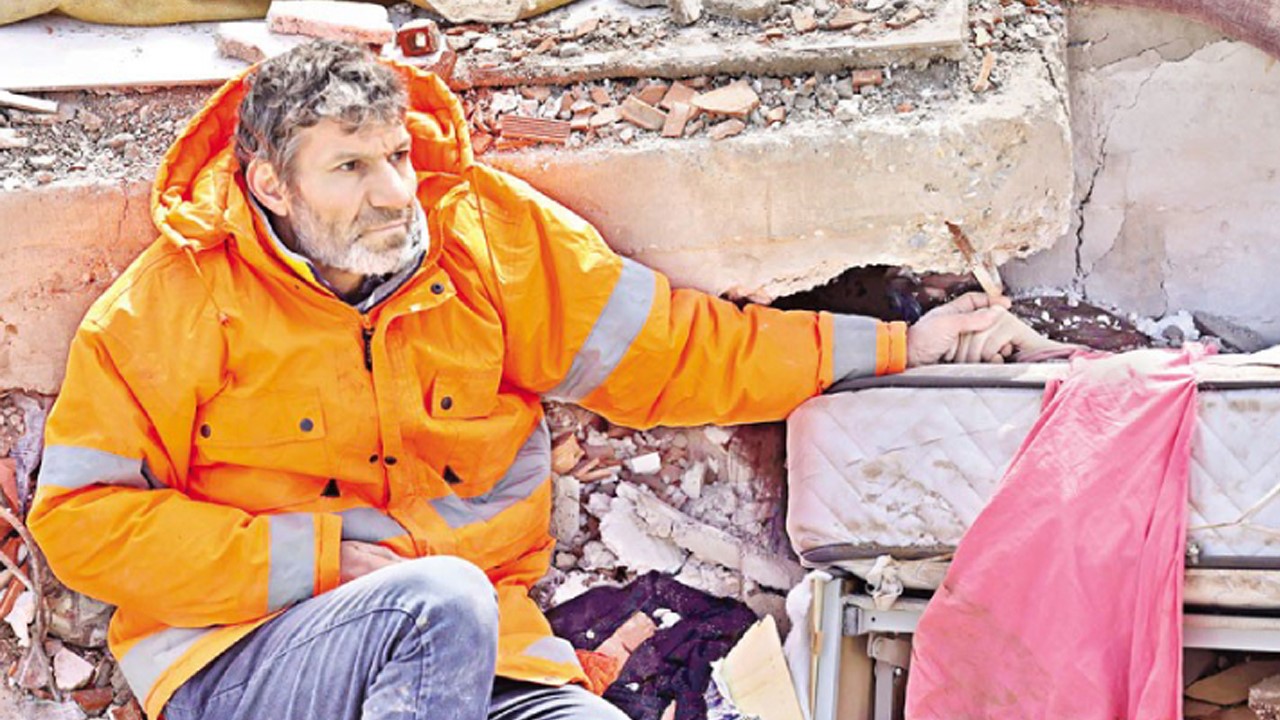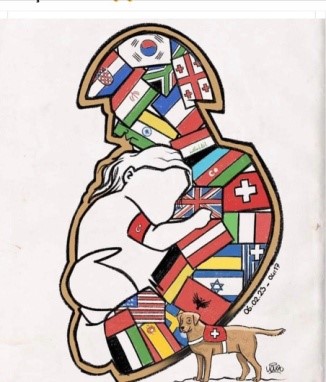by Zibanur
The way of life and cultural codes that dominated Asia Minor with the appearance of Göbeklitepe on the world stage in 11,000 B.C. formed the genetics of today’s Turkish people. The region has been shaken by strong earthquakes from time to time, and natural disasters such as earthquakes and droughts have led to considerable developments in the consciousness of the ancient Turks who settled in the region. The earthquake disaster which took place in the Marmara region in 2015 is still remembered today.
On February 6, 2023, the disaster of the century caused serious destruction and loss of life in eleven provinces of the region. Although the center of the earthquake was Maraş, Adıyaman and Hatay were hit hard. Around sixty thousand lives from Türkiye and Syria were lost, consequently, the Turkish flag was lowered to half-mast. In the ensuing search and rescue activities that continued for days, people were rescued one by one from under the heavy concrete blocks and their survival was described as a miracle on television channels. The Southeastern region suddenly became a place of international activity and humanitarian aid.
Virtually all countries announced aid to Turkey. Local and foreign teams made history in the disaster zone. Rescue teams from all over the world worked hard with all their might. They continued to save lives with their trained dogs and thermal devices. Qatar, for example, donated her World Cup revenues to the earthquake victims. The American band Metallica made a significant financial contribution. Four trucks with the inscription “Aid from Kyrgyz people to Turkish people” were sent off to the disaster zone with prayers. With the help of Finland and Sweden, 3000 people received emergency shelter assistance.
As the catastrophic events unfolded, the need for sustainable housing solutions emerged. Thousands of people had suffered greatly under the crumbling concrete. In this regard, two prominent architects from Türkiye and Denmark emphasized the vital need to build wooden structures: Celik Erengezgin, known for his outstanding ecological designs, utilizing renewable energy; and, Eric Juul, who has designed extraordinary wooden houses to accommodate homeless people.
In conclusion, there was a feeling of universal fellowship in the air. It was as if borders no longer existed; beliefs held before the earthquake vanished under the winter sun. Preconceptions were no longer a burden in the hearts and minds of the people who lived thousands of miles away. When we consider all these developments in the context of Kinship, we see how the inherent feelings of solidarity and brotherhood / sisterhood are put into practice. Therefore, it is our self-chosen destiny to channel such acts of good faith in all areas of life under the framework of the principles founded by Hazrat Inayat Khan. As fellows of the Inayatiyya, we must shed light on the path that leads to the conquest of the heart. In doing so, our service becomes aligned with the One.

Zibanur, is the Sufi name of Ms. Tülay Urgancı, who worked for 42 years for the Turkish foreign trade agency, and for 7 years as a counselor in Turkish Embassies in Vienna and Copenhagen. She is retired and living in her hometown of Merzifon, the district of Amasya, one of the provinces of the Interior Black Sea region. Zibanur wasn’t affected by the earthquake, though her city has witnessed earthquakes in the past.
Before joining the Kinship Activity, Zibanur graduated from the Suluk Academy, the Na-Koja-Abad class. She is thoroughly focused on various ecological and social activities, including charity and service to the local communities.

